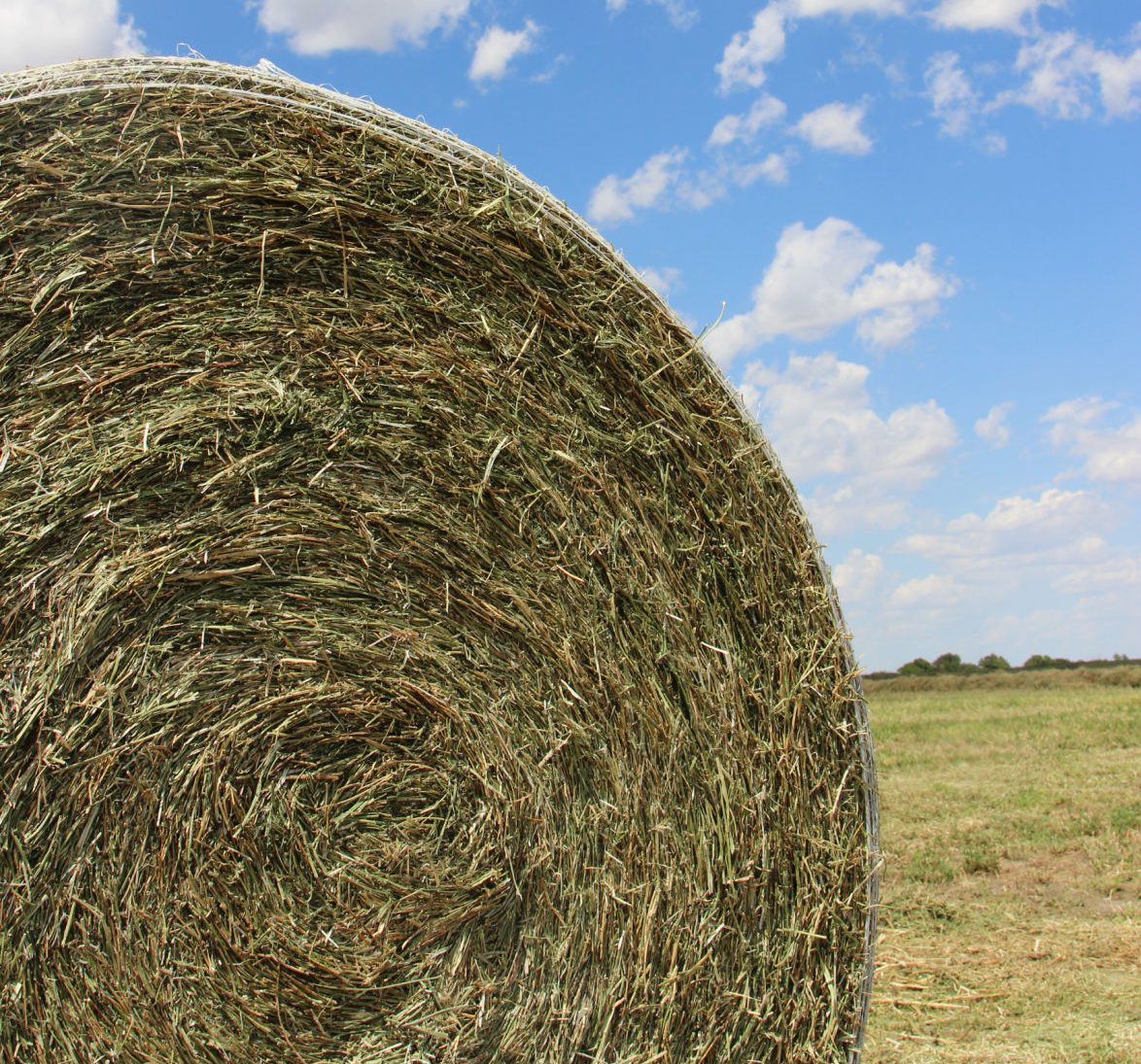State-By-State Hay Summary

Colorado—In the May 9 report, compared to the last report, trade activity light on light to moderate demand. Stable hay sold mostly steady. New crop alfalfa haylage across the state is ranging from $100-$130 standing.
Missouri—In the May 9 report, compared to last report, the supply of hay is light to moderate, demand light and prices are steady to weak. Field work continues to be on hold as fields are currently too wet to get in. Significant improvement in drought conditions was observed with the moisture from the last few weeks, with only 30% of the state showing in the latest monitor. This has helped to brighten the moods going into hay season and as typical seasonal lack of demand has put some pressure on the hay market, although most hay piles and barns are near empty until producers can get into fields.
Nebraska—In the May 9 report, compared to last report, round bales of alfalfa sold steady. Ground and delivered alfalfa in the Platte Valley area sold $10 lower. Out west ground and delivered hay and large squares sold steady. Demand was mostly light throughout the week. Best demand was for large squares going out of state. Early talks on standing alfalfa started this week with a few throw-outs offers from $60 to $70 per ton. Last year standing hay for first cutting was costing $125 per ton.
Oklahoma—In the May 10 report, compared to the last report, the demand and trade remain low. Several storms across Oklahoma have slowed down some hay trade as well as hay baling. Old-crop hay continues to move lower in price entering the new hay season. There are still barns full of old-crop hay that are trying to be sold and emptied for new-crop hay. Next report will be released May 24.
Texas—In the May 3 report, compared to last report, hay prices are mostly steady on old crop hay. First cutting is underway in portions of the south, east, north, and irrigated fields in the west. Pricing on new crop hay is still being discussed, and producers might have a better idea in the upcoming weeks depending on the quantity and quality of hay being put up now. Heavy bands of moisture are still making there way over the eastern portion of the state, but the rest of the regions could use some additional rainfall. Supplemental feeding of livestock is still taking place in the Panhandle, west, and some droughted out areas in the Trans-Pecos area as spring grasses have been slow to green up due to limited moisture. Pasture and rangeland conditions across the rest of the state are rated from fair to good, however more spring moisture is needed to sustain spring and summer stocking rates. Next report will be released May 17.
South Dakota—In the May 10 report, compared to last report, movement has decreased this past week, demand has slowed down this week with some farmers out of hay until they start harvesting next month. Demand is expected to pick up in a few weeks when first crop is cut.
New Mexico—In the May 10 report, compared to last report, hay sales are steady southern and western part of the state having their 1st cut down and baled demand is good. Alfalfa hay for the first cutting is 38% complete, some have started second cutting. According to NASS data May 5, hay and roughage supplies were reported as 32% very short, 58% short, and 10% adequate, compared with 33% very short, 54% short, and 13% adequate last week.
Wyoming—In the May 9 report, compared to last report, all reported hay sold steady on a thin test. Demand was very light to light. A load here and there mostly going to people with horses. A few cattlemen are getting a load of hay to feed until they can go to summer grass.
Montana—In the May 10 report, compared to last report, hay sold generally steady to weak. Recent rain had many sellers looking to sell as the worry of drought has lightened some. Some producers moved large quantities of hay this past week, however many buyers are not taking delivery until summer or even early fall. Hay selling into Canada continued this week, however it was lighter as rain has muddied stack yards making it difficult to load. Buying was very active across the state. Supplies of hay remain heavy but a limited number of producers are starting to sell out of hay. Many are content to carry hay over into the next crop year and hope demand continues to improve. The best demand for feeder quality (utility and fair) hay remains around $130$-150/ton delivered. Demand for straw is light as heavy straw supplies continue to be seen especially in the northern portion of the state.



